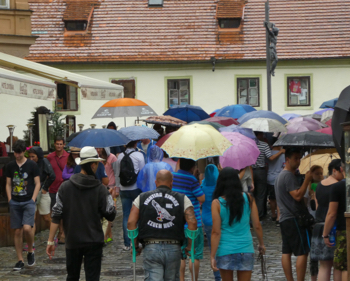Energy Release, Part 2

Over time I have learned that I must correctly identify the type and source of the “impression” in order to release it. (“Impression” is another word for the impact that energy or things we perceive and experience have upon us; the way it remains with us after we take it in.) Once I see what it is and no longer identify an energy or impression as belonging to me me, I am able to command the energy to go out. As it leaves, my body may shudder or jerk, sometimes even violently, if the thing I am releasing has been taking up inner space or has had an intensive hold.
During an active energy release, my body sometimes moves in ways I cannot do intentionally. (I have seen this occur with energy-sensitive clients also. Most people experience release less obviously. They may simply feel better in the related body area after the release, without noticing the release happening.) This release is not frightening, although it was unsettling the first few times it occurred. It feels freeing and cleansing. I feel more alive and fluid in the areas that the old energy moves out of, and in my body as a whole after a session  like this. This kind of release session occurs spontaneously and organically, when I am doing concentrated inner work. It seems to be an amalgamation of many different types of energy healing, which eventually developed into a self repair protocol.
like this. This kind of release session occurs spontaneously and organically, when I am doing concentrated inner work. It seems to be an amalgamation of many different types of energy healing, which eventually developed into a self repair protocol.
Sometimes the energy I discover during one of these cleansing protocols surprises me. The sources of these energies may show up to me through simply recognizing the identifying energy signature of a specific person as I turn my attention to the area of blockage, excess or odd energy. More often, I need to flip through potential people-sources in my mind until I come across an energetic match. Sometimes a name pops into my head as I attend to the sensations. Other times I have to dig to find it, and what I discover surprises me, but it clearly feels correct, and the energy moves. The energy does not move out until I identify it correctly and ask it to move.
I learn through this process about what is important to various parts of me, which were apparently running their emotional programs beneath the level of my conscious awareness. Previously-unconscious emotions or reactions are what allows energies from other people to lodge in one’s energy systems. I also get information from what I find about the emotional processes within the people who projected the energies; what drove them to project. Once the energies release it as if the footprints in the sand have been blown smooth. The related issues tend to be if not forgotten, at least unimportant.
The process I am describing, of identifying energy originating from the outside, is occasional. Identifying what is MINE and originating from MYSELF is frequent and consistent. Looking for impressions from others without taking responsibility for one’s own involvement in the interactions and energy transfer would be bunk. A steady baseline of self-observation helps to develop the ability to tell the difference.
Please feel free to describe any similar process you may have that allows you to release energies that do not serve you.
What have you learned in the process of developing an ability to recognize and release this type of energy?
What does energy transfer from one person to the next have to do with your self-definition or emotional context?


 a child. I was now finding some related energies that had been lodged in me for years.
a child. I was now finding some related energies that had been lodged in me for years.
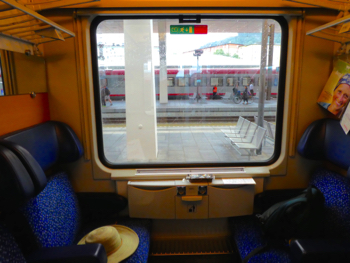
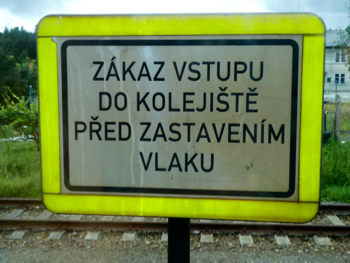 people I recognized. I didn’t know where we’d go and couldn’t use the lift. Stitches burned from running on stairs with bags.
people I recognized. I didn’t know where we’d go and couldn’t use the lift. Stitches burned from running on stairs with bags.

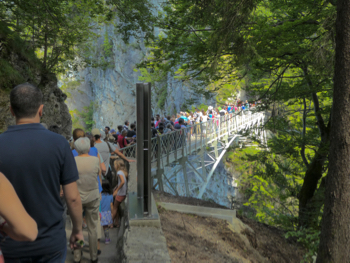
 The last jaunt of my journey took me to the two castles in Fussen, just over the Austrian border in Bavaria. The throngs were seriously bad, making for multiple-hour waits to enter, and an hour-long traffic jam between the tiny town and the castles. I did not especially react to the crowds. Part of this may reflect my Inner Work. The fact that these crowds did not do the staring-like-you-don’t-exist thing helped immensely. The castles were lovely, but I could have forgone them for the trouble. I couldn’t hike, bike along the river, or go to the local hot springs with my stitches. It rained. I was surrendered enough that I didn’t mind.
The last jaunt of my journey took me to the two castles in Fussen, just over the Austrian border in Bavaria. The throngs were seriously bad, making for multiple-hour waits to enter, and an hour-long traffic jam between the tiny town and the castles. I did not especially react to the crowds. Part of this may reflect my Inner Work. The fact that these crowds did not do the staring-like-you-don’t-exist thing helped immensely. The castles were lovely, but I could have forgone them for the trouble. I couldn’t hike, bike along the river, or go to the local hot springs with my stitches. It rained. I was surrendered enough that I didn’t mind.
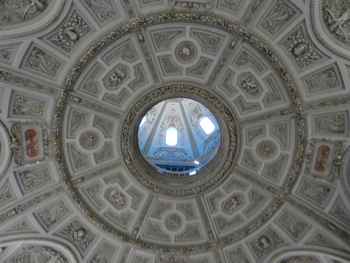 absolutely stunning.
absolutely stunning.
 responses to stimuli.
responses to stimuli.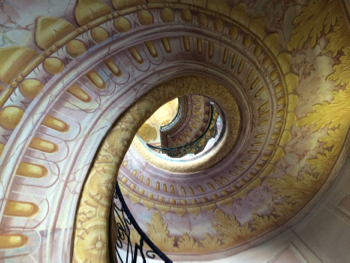 actual fact, my practices took me into areas I had inadvertently resisted seeing, such as whatever was left of my inner wounds.
actual fact, my practices took me into areas I had inadvertently resisted seeing, such as whatever was left of my inner wounds.
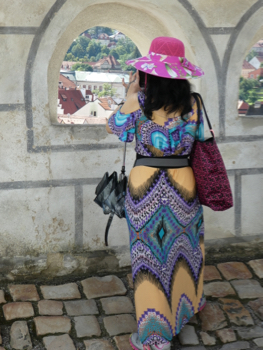
 contemplate different cultures helps us to challenge our assumptions. Our own unexamined cultural expectations influence how we view people and respond in situations, increasing self awareness.
contemplate different cultures helps us to challenge our assumptions. Our own unexamined cultural expectations influence how we view people and respond in situations, increasing self awareness.
 became a churning stew of humanity. Travelers I met on busses and trains said, “Japan must be empty right now.”
became a churning stew of humanity. Travelers I met on busses and trains said, “Japan must be empty right now.”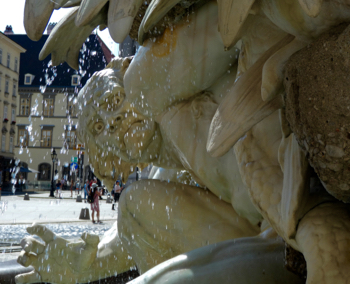 rebalance and return to my practices. Breathing through my feet worked better, but contemplating the specific nature of each individual in front of me also helped me manage large groups in confined spaces. With practice and sufficient attention, I can use dignity and presence to supply myself with connection and safety instead of reacting.
rebalance and return to my practices. Breathing through my feet worked better, but contemplating the specific nature of each individual in front of me also helped me manage large groups in confined spaces. With practice and sufficient attention, I can use dignity and presence to supply myself with connection and safety instead of reacting.
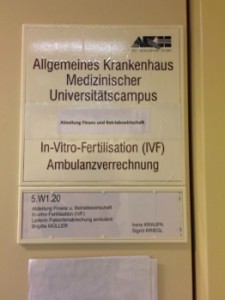 warned me about infection and necrosis. I found it edifying that hospitals both here and in the Czech Republic use iodine ointment rather than antibiotics, even with such concerns.
warned me about infection and necrosis. I found it edifying that hospitals both here and in the Czech Republic use iodine ointment rather than antibiotics, even with such concerns. art, and poetry. It is not just an appearance. It sings energy. The Viennese street musicians seemed to have slipped out the back doors of concert halls.
art, and poetry. It is not just an appearance. It sings energy. The Viennese street musicians seemed to have slipped out the back doors of concert halls.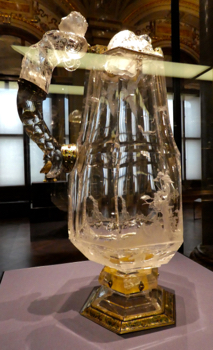 a hollowed-out quartz crystal, its handle shaped like a goddess. The Museum houses some astonishing art and famous paintings.
a hollowed-out quartz crystal, its handle shaped like a goddess. The Museum houses some astonishing art and famous paintings.
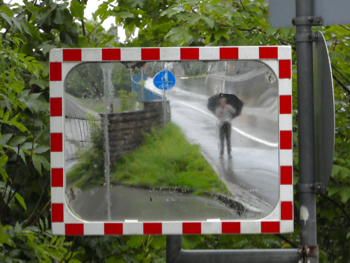 of value. Impermanence is a gentle reminder of our mortality. Remembering our mortality helps us to see exactly how things are. We seek to imprint what we see, via memory or on camera cards. We seize the moment just as it is since we may never return. Things that may seem mundane to those who live with them are discoveries if we’ve never seen them. Anything that wakes us up to the preciousness of the moment has value.
of value. Impermanence is a gentle reminder of our mortality. Remembering our mortality helps us to see exactly how things are. We seek to imprint what we see, via memory or on camera cards. We seize the moment just as it is since we may never return. Things that may seem mundane to those who live with them are discoveries if we’ve never seen them. Anything that wakes us up to the preciousness of the moment has value.
 take in my environment and locate places and items I was trying to find. It increased my confidence getting around.
take in my environment and locate places and items I was trying to find. It increased my confidence getting around.